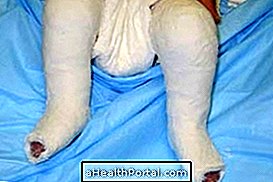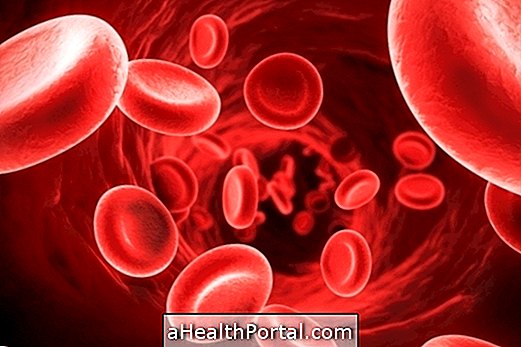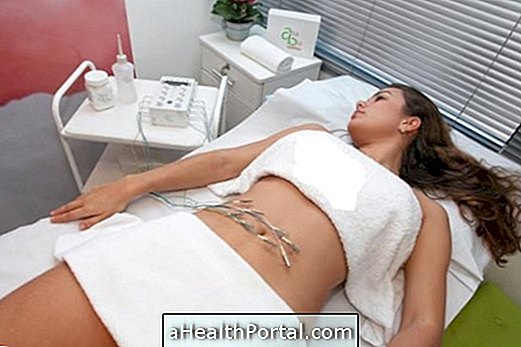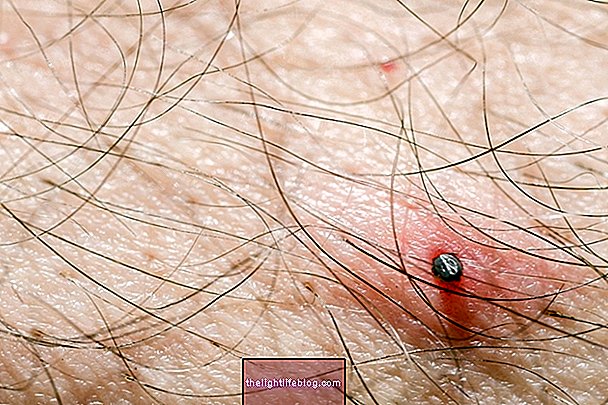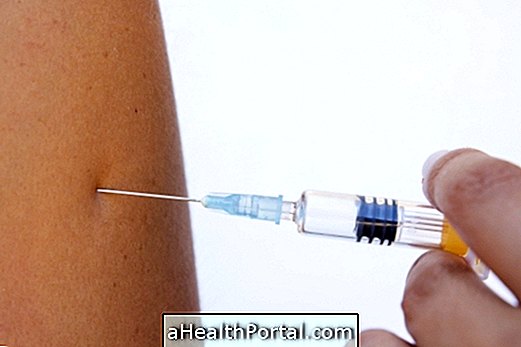The first form of treatment usually indicated for herniated disc is the use of anti-inflammatory drugs and physical therapy to relieve pain and reduce other symptoms such as difficulty moving the limbs or tingling.
Other alternative options such as acupuncture, Pilates or use of some teas can also help complement medical treatment, boosting the effect of medications and further reducing discomfort.
However, because herniated disc is a change that causes compression of the disc that lies between the vertebrae, projecting it out of your space, sometimes these treatments are not enough to return quality of life to the person, and in that case, surgery for herniated disc is indicated.
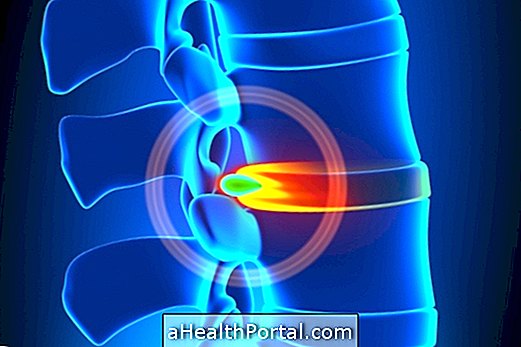
Remedies Used in Treatment
The recommended treatment for herniated disc includes the use of remedies, such as:
- Anti-inflammatories, such as Ibuprofen, Diclofenac or Ketoprofen: help decrease inflammation and pain caused by intervertebral disc compression;
- Analgesics, which may be weaker, such as Dipirone or Paracetamol, or more potent, such as Tramadol or Codeine: help relieve the pain and discomfort caused by compression of the vertebral disc;
- Muscle relaxants such as Cyclobenzaprine or Baclofen: to reduce pain caused by muscle spasms in the back or legs;
- Anticonvulsive medicines, such as Gabapentin or Pregabalin, are used, in this case, to alleviate the pain caused by the compression of nerves close to the hernia;
- Injections of corticosteroids in the spine, such as Betamethasone or Prednisone: to reduce inflammation at the site of the herniated disc.
The use of anti-inflammatory drugs, although they have a good effect especially in the attacks of pain due to lumbar hernia, should not be used very frequently, because they cause many side effects, such as irritation of the stomach or alteration of the function of the kidneys.
In cases of long-term use of the medication, analgesics, muscle relaxants, or anticonvulsants prescribed by your doctor are the best options.
Physiotherapy for herniated disc
In addition to the remedies, the orthopaedist can also advise on physiotherapy sessions, where exercises are done, and if you learn positions that are important for completing drug treatment and reducing pain. See all about physical therapy for herniated disc.
The time of treatment with physical therapy depends on the type of hernia and the intensity of the symptoms presented, but can vary from 1 month to 6 months, or more.
Alternative Treatment Options
There are ways to relieve the pain caused by herniated discs with homemade treatments, which can in some cases replace or reduce the dose of medications. The main ones are:
- Acupuncture : helps eliminate pain by using small needles that are introduced at pressure points to trigger analgesic action;
- Pilates : Posture and stretching exercises performed on Pilates can help stabilize the herniated disc and decrease pain. It is important that Pilates classes are done by a physiotherapist;
- Massage : if done by skilled professionals, and experienced in treating spinal diseases, it can alleviate symptoms due to stretching and muscle relaxation;
- Natural Herbs : Some plants may be used for making patches, seasoning foods or making teas, such as cloves, ginger, cinnamon, fennel or cat's claw, for example, which have anti-inflammatory action. Learn teas recipes that are great natural anti-inflammatories.
In periods of crisis, one should rest for a few hours, but always prefer movement because this decreases the stiffness of muscles and helps in controlling pain. But it is important to avoid making great efforts like cleaning or lifting heavy objects because the spine is more protected, avoiding manipulation or movements that can cause worsening inflammation.
See, in the following video, tips from a physical therapist that can help improve the symptoms of herniated disc:

How is the surgery done
Surgery to treat herniated disc is indicated mainly if it is of the extruded or sequestered type, when there is no improvement of the symptoms with the use of medicines and physiotherapy, or when the symptoms are so intense as to cause loss of strength and disability.
The procedure is done in a surgical center, under general anesthesia, removing the disc from the affected spine, with a small cut, followed by the union vertebrae or the replacement of the disc by an artificial material. It can be performed by the orthopedist, but also by the neurosurgeon, because it moves with important parts of the spinal nervous system.
Another option for surgery is the procedure by endoscopy, in which the removal of the affected disc is done through a thin tube inserted through the skin, with a camera at the tip. Although simpler, this type of procedure is done in specific cases, released by the surgeon, depending on your experience and the location of the affected spine.
How is recovery
After the procedure, the person can be discharged in 1 or 2 days, but should stay at home for 1 week, doing simple tasks such as personal care and walking small distances. A collar or vest may be needed for 2 weeks to avoid forcing the place and giving security to the person.
Most activities, such as work, are already released after this time, but physical activities that require effort are released after 1 month.
Signs of improvement
Signs of improvement in disc hernia usually appear about 3 weeks after initiation of treatment and include primarily reduction of pain and decreased difficulty in limb movement.
Signs of worsening
Signs of worsening of the herniated disc are more common when the treatment is not working and include difficulty walking, standing or moving the body, as well as loss of sensitivity to urinate or to evacuate, for example.
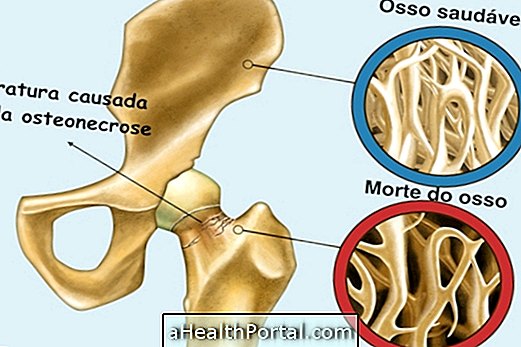
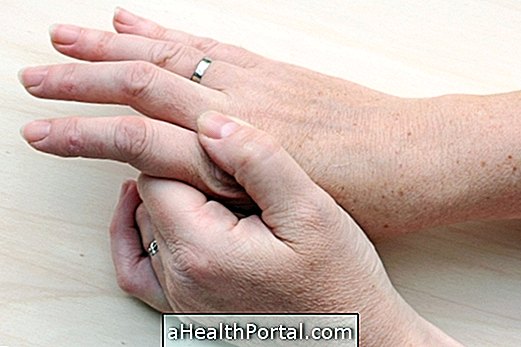



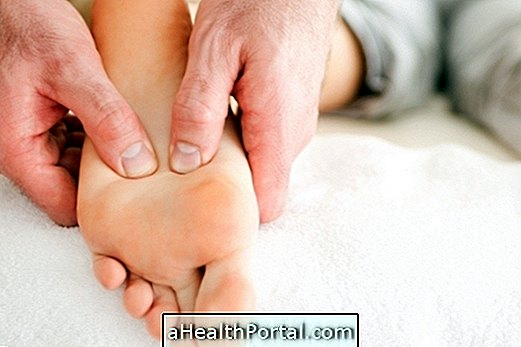

-o-que--sintomas-e-tratamento.jpg)

